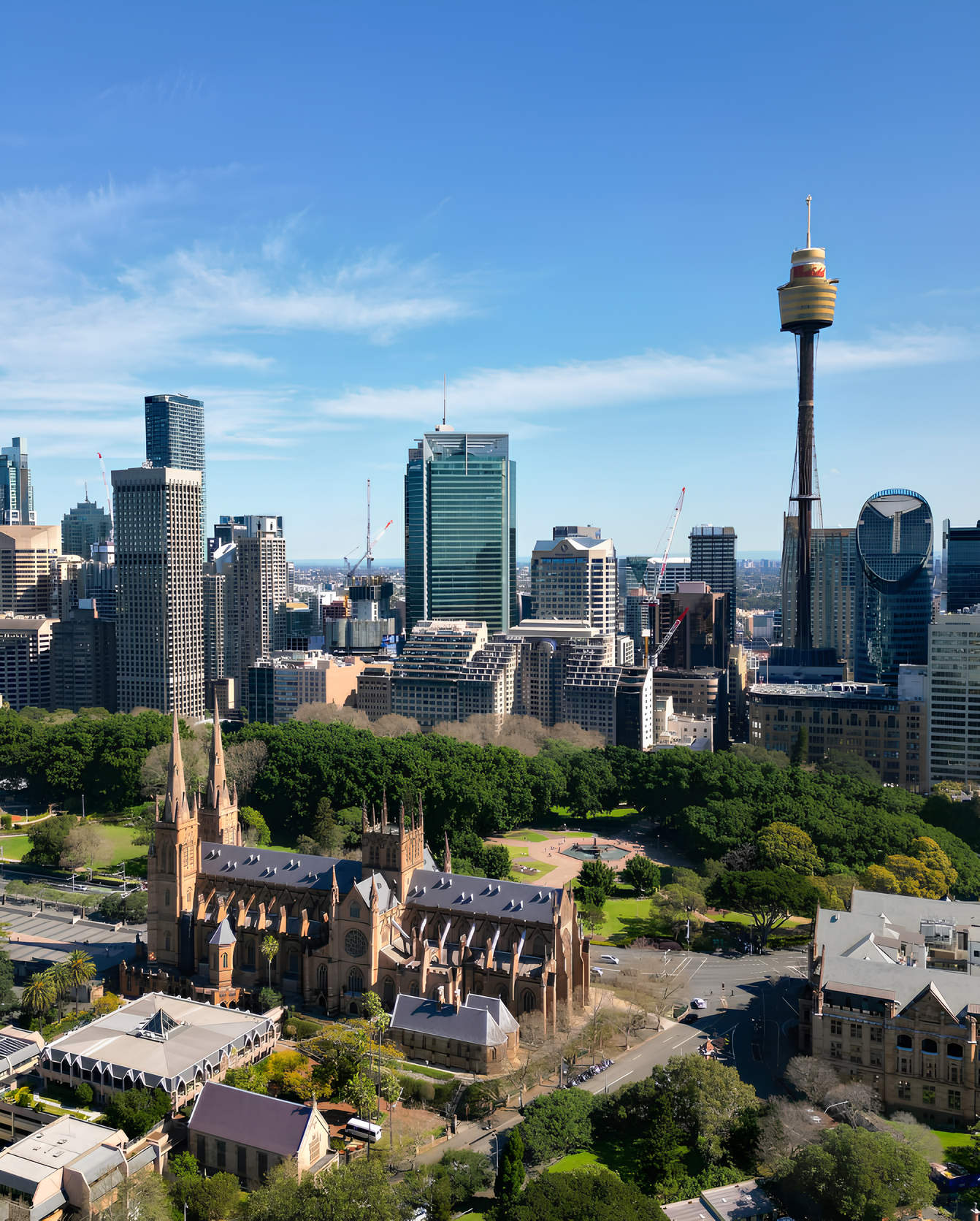Rental Market: Bottoming Out
After 16 straight months of easing rental growth, Sydney’s rental market looks to have found its floor. July marked a clear shift, with annual rental growth lifting to 2.4%, up 50 basis points from June. Nationally, rents rose 3.7% over the year (ABS, 2025), with Sydney at the forefront of the re-acceleration.
This turning point comes at a sensitive time. Many households are still struggling with cost-of-living pressures, and the sharp rise in rents risks feeding back into inflation via the rents paid component of the CPI. On the ground, renters may soon feel even more pressure as seasonal demand picks up with the end of winter, a period traditionally marked by increased mobility and leasing activity.
For investors, the shift is encouraging. Sydney’s rental market has endured a long stretch of stagnation, compounded by months of wet weather dampening activity and inspections. With signs of momentum returning, investors who weathered the storm may finally see conditions tilt back in their favour.
Sales Market: Sydney Slows While Regions Hold Steady
National housing activity remains steady, with 42,801 sales recorded in July (Cotality, 2025) —in line with last year and slightly above the five-year average. But Sydney continues to underperform, with sales volumes down -8.8% year-on-year.
Properties are also taking longer to sell. The median time on market has risen to 39 days, eight days longer than a year ago and one of the sharpest increases among the capitals. This suggests buyers remain active but are negotiating harder, while sellers are adjusting expectations more slowly.
Regional NSW, however, has fared better, echoing the national trend where regional sales counts rose 3.0% year-on-year.
Lending Market: Rate Cuts Provide Breathing Room
On the finance front, the June quarter brought modest growth in new loan commitments, with volumes up 1.9% and values up 2.0%. Investors drove most of the volume increase (+3.5%), while owner-occupiers accounted for most of the value rise (+2.4%).
Interest rates are now moving decisively lower:
- Variable rates eased to 5.75% (owner-occupiers) and 5.95% (investors) in June.
- Short-term fixed rates also edged down, while longer-term fixed rates remain stickier.
- With the RBA cutting the cash rate by another 25bps in August and one more cut expected this year, further relief is on the way.
Despite the shift in rates, lenders remain disciplined. More risk-sensitive lending types are retreating:
- Interest-only lending fell to 19.7% (from 20.2%).
- High debt-to-income loans dropped to 5.3% (down 50bps).
- High loan-to-income loans eased to 3.0%.
The only category to edge higher was high loan-to-value lending for owner-occupiers, up modestly to 8.8%.
Source: RBA
This suggests that while cheaper credit is returning, banks remain cautious in their risk settings—limiting the chance of a sudden surge in demand but laying the foundations for a gradual stabilisation in Sydney’s housing activity.
Out Take On The Outlook
- Rents: Sydney’s rental market appears to have bottomed out, with growth turning higher just as seasonal demand picks up post-winter. This may add to cost-of-living pressures and push housing inflation higher in coming quarters. There could be a delicate dance between increases and retaining cash flow.
- Sales: Activity remains soft, with sales volumes down nearly 9% and properties taking longer to sell. A rate-driven recovery is possible, but buyers remain price-sensitive.
- Lending: Rate cuts are beginning to ease borrowing costs, though strict lending standards will keep the recovery measured.
In summary, Sydney’s residential market is emerging from a prolonged slowdown. Rents are re-accelerating, lending conditions are improving, but sales remain cautious. As the spring selling season approaches, the city’s trajectory will hinge on whether lower rates and stronger rental yields are enough to draw buyers and investors back into the market in greater force.
